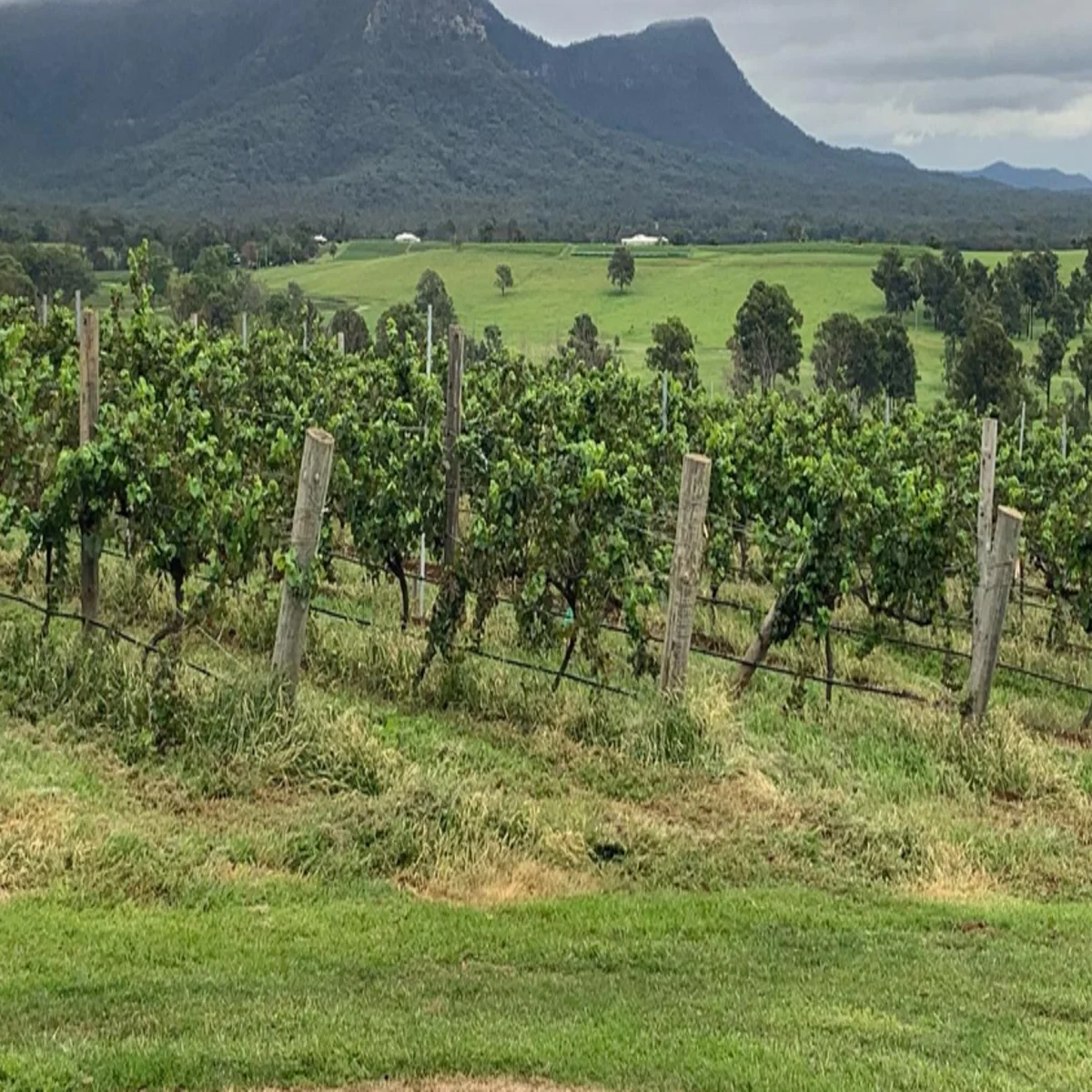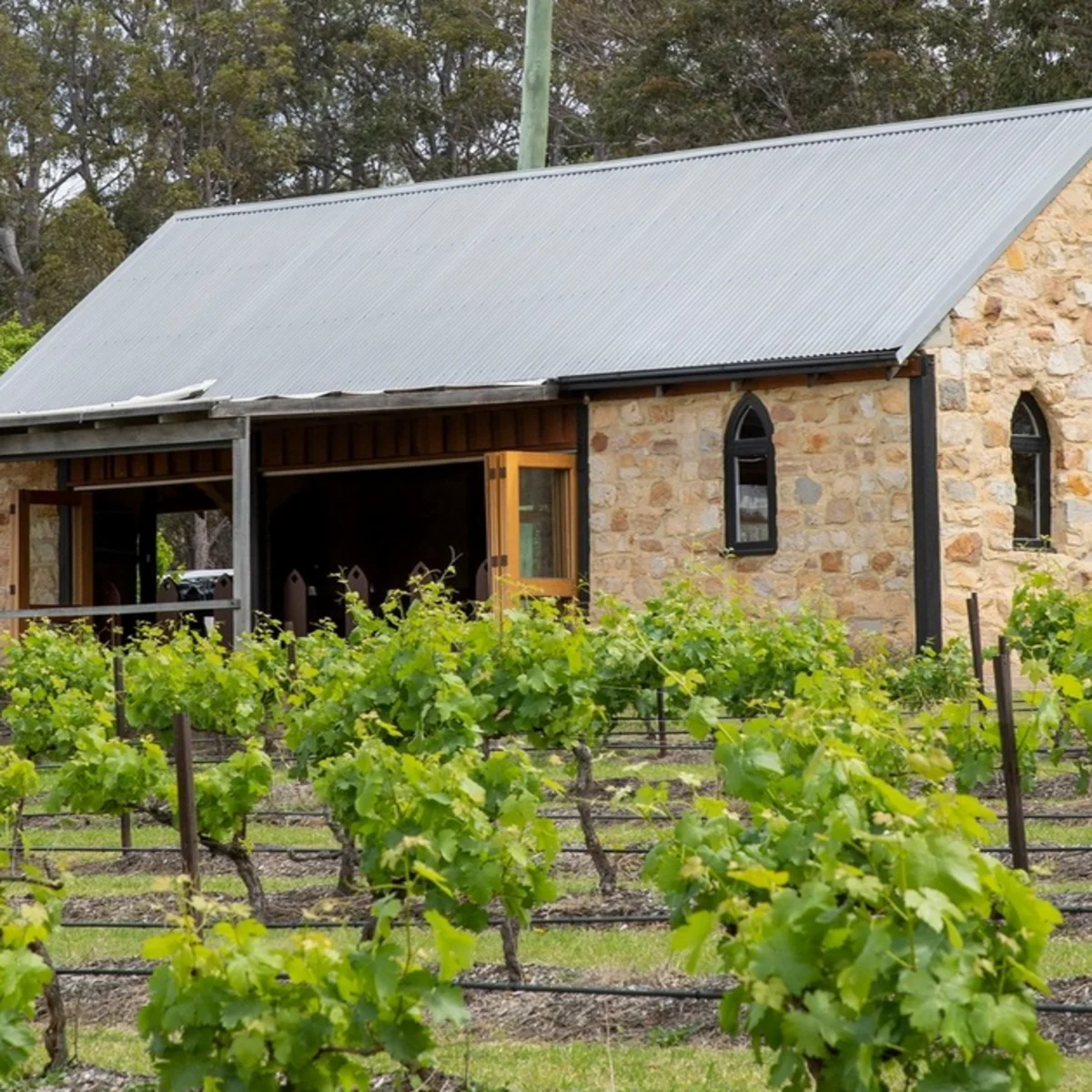In the beginning

The Boonwurrung people were the Indigenous tribe, the traditional custodians of the Mornington Peninsula before the European settlement was established near Sorrento in 1803. Aboriginal people had occupied these lands for millennia.
The late 1800s
Grapes were initially planted in Victoria during the gold rush, leading to the development of the Mornington Peninsula as a wine region. In 1886, wine from the region was recognized at the Intercontinental Exhibition in London, and by 1891, there were six registered vineyards.
The rising star of this wine region soon faded due to a combination of factors, including a downturn in the economy, changing wine preferences, and the emergence of warmer-climate regions.
Due to its cool climate, this region stopped grape growing and winemaking for almost 80 years.
1970s
A group of winemakers began revitalizing the region by establishing a modern wine industry. In 1972, Baillieu Myer planted vines at Elgee Park in Merricks North, intending to produce high-quality, cool-climate wines similar to those found in renowned wine regions of France.
The first Pinot Noir and Chardonnay vines were planted in Mornington, leading to the establishment of the area’s first commercial winery at Main Ridge Estate.
After visiting Château Pommard in Burgundy and noting climatic similarities, they planted an experimental vineyard of seven grape varieties in an old lemon grove.
Red Hill Orchard produced their first vintage in 1979 using a kitchen moulis, with their first commercial vintage happening the following year at the newly constructed Main Ridge.
The Estate Winery was established in 1980 and successfully lobbied for local council regulations to be changed to permit cellar-door sales.
1980s
The second wave of Peninsula producers made a significant impact on Australia’s wine community. Moorooduc Estate was established in 1982 by Richard and Jill McIntyre, and is now a well-known family-run winery in the region. Richard described their wines as “natural, with a touch of.”
In 1982, the term “quality control” was introduced to ensure top-quality fruit is delivered to wineries in optimal condition, with minimal manipulation required to produce wine. The incorporation of the Mornington Peninsula Vignerons Association in the same year has since played a significant role in the industry.
The region contains most of the vineyards and wineries, with Paringa Estate being another notable establishment in the second wave.
The winery, established in 1984 by Lindsay McCall and his wife, started out as a pioneer in the region and has since grown to become one of the biggest names. They bought a derelict orchard in Paringa Road to begin their venture.
1990s
The region saw continued development as winemakers honed signature varieties like Pinot Noir and Chardonnay while also exploring new varieties like Pinot Gris/Grigio. More vineyards were established, and notable producers such as Kooyong, Ten Minutes by Tractor, Montalto, and Yabby Lake added to the region’s appeal.

Today
The Mornington Peninsula’s wineries have contributed to the region’s success and nurtured a new wave of winemakers dedicated to showcasing its potential. Known for producing top-quality Pinot Noir and Chardonnay, as well as a variety of other wines like Pinot Gris, Shiraz, Tempranillo, and Gamay, the region’s winemakers are focusing on vineyard practices and minimal intervention in the winemaking process to highlight the diverse soils and microclimates that make this Australian region unique.
We recommend the Melbourne Wine Tour if you are interested in our region.